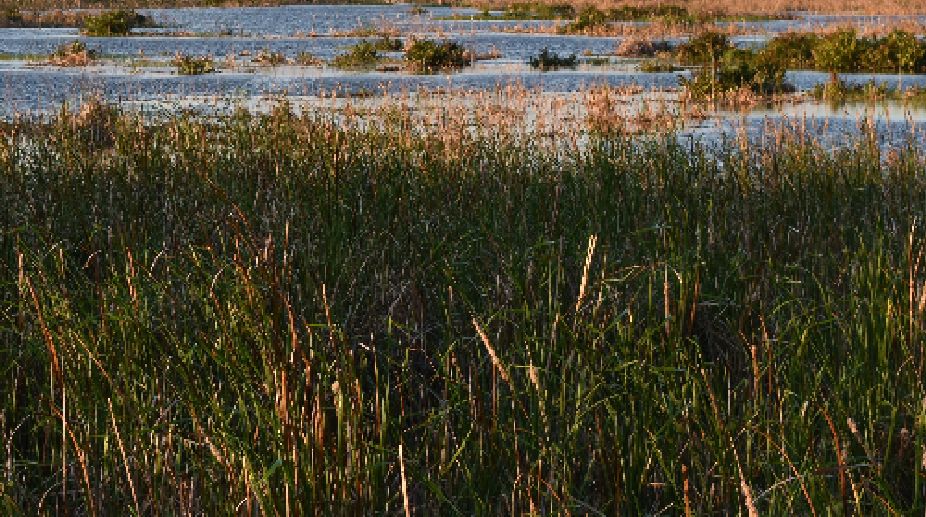Steps on to bring iconic cheetah back to the India: Bhupendra Yadav
The Union Minister said the country's balance sheet in implementing the Aichi targets is pro-active and forward looking and the nation is on track to meeting its commitments.

Representational image (Getty Images)
Blame it on pollution and erosion in the catchment areas, Punjab’s three Ramsar sites — Harike, Kanjli and Ropar – representing the state’s rich flora and fauna are posing a picture of neglect.
With a total area of 5,648 hectare, these three wetlands are under threat due to water pollution due to pollutants outflow from the adjoining industries, erosion in the catchment areas, cattle grazing and eco-tourism activities and garbage pollution on the river banks.
According to the ecologists, Harike lake, wetland regularly supports threatened ecological communities including 20, 000 or more water birds and one per cent of the individuals in a population of several species. The wetland is facing the problems of silting which is causing the shrinkage of wetland area.
Besides this, water pollution due to pollutants outflow from the adjoining industries to wetland is another reason for depleting ecology there. Other reasons which affect the ecology of state’s wetland are water pollution by pesticides, fertilizers from surrounding agricultural fields and sewage from the towns affecting water quality.
Similarly, invasion and excessive growth of weeds chock wetland surface and water ways degrades ecology, erosion in the catchment areas and cattle grazing and fishing are among major threats to ecology of wetlands. Ecologists also said, due to several biotic, political and local pressures all three Ramsar sites are facing severe problem and losing Ramsar criteria of international importance and standards.
“Present condition of these wetlands, degrades ecology, shrinking wetland area and declines biodiversity especially birdlife diversity and population. Also, the criteria for eco-tourism are something different. At present, plying of motor boats in the Ropar wetland area is discouraging practise for habitat. In recent years, number of migratory birds has increased at the wetland hence the human interference should be discouraged,” ecologist TK Roy, coordinator of the Asian Waterbird Census said.
Only Harike Lake within protected area comes under Punjab Wildlife Preservation Department. So this department has taken some initiative as plantation, habitat management, conservation awareness for its wildlife conservation and protection.
Dhirendra Singh, Chief Wildlife Warden, Punjab, said, “We are working on couple of initiatives to protect wetland’s flora and fauna. It is a continuous process on which we have told our teams to be on standby to keep a vigil round the clock".
Advertisement